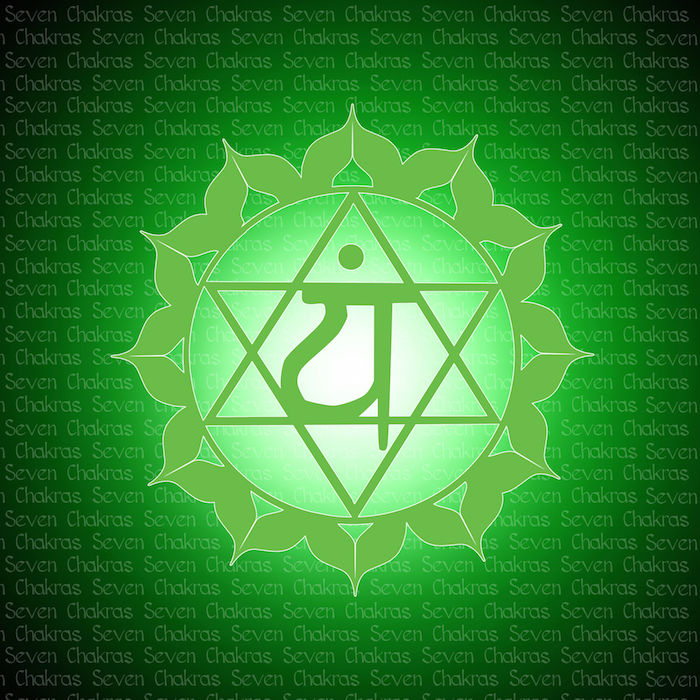Test Your Chakras
This simple chakra test pinpoints which of your seven chakras may need some TLC. Dive in to discover the secrets of your inner energy body!





About Us
The Chakra Magazine team at chakras.info is made of community of people passionate about subtle energy and the chakras. The website was launched in 2014 as an online resource for energy workers and people interested in knowing more about the chakras. It’s a place where all could share their knowledge and inspiration with the rest of the world.
What Are The Chakras
Chakras are energy centers within the human body. Here's a brief presentation of the 7 most common chakras.

Root Chakra
A short description of the service and how the visitor will benefit from it.

Sacral Chakra
A short description of the service and how the visitor will benefit from it.

Solar Plexus Chakra
A short description of the service and how the visitor will benefit from it.

Heart Chakra
A short description of the service and how the visitor will benefit from it.
Learn Energy Healing
Chakra Healing
Learn about how to heal your chakras.
Meditation
Relax and balance your energy.
Reiki
Learn about this popular energy healing modality.
Chakra Stones
Discover how to use chakras stones .
Readers Testimonials



Join Our Newsletter
Sign up for our newsletter to enjoy chakra healing tips, inspirations, and more.